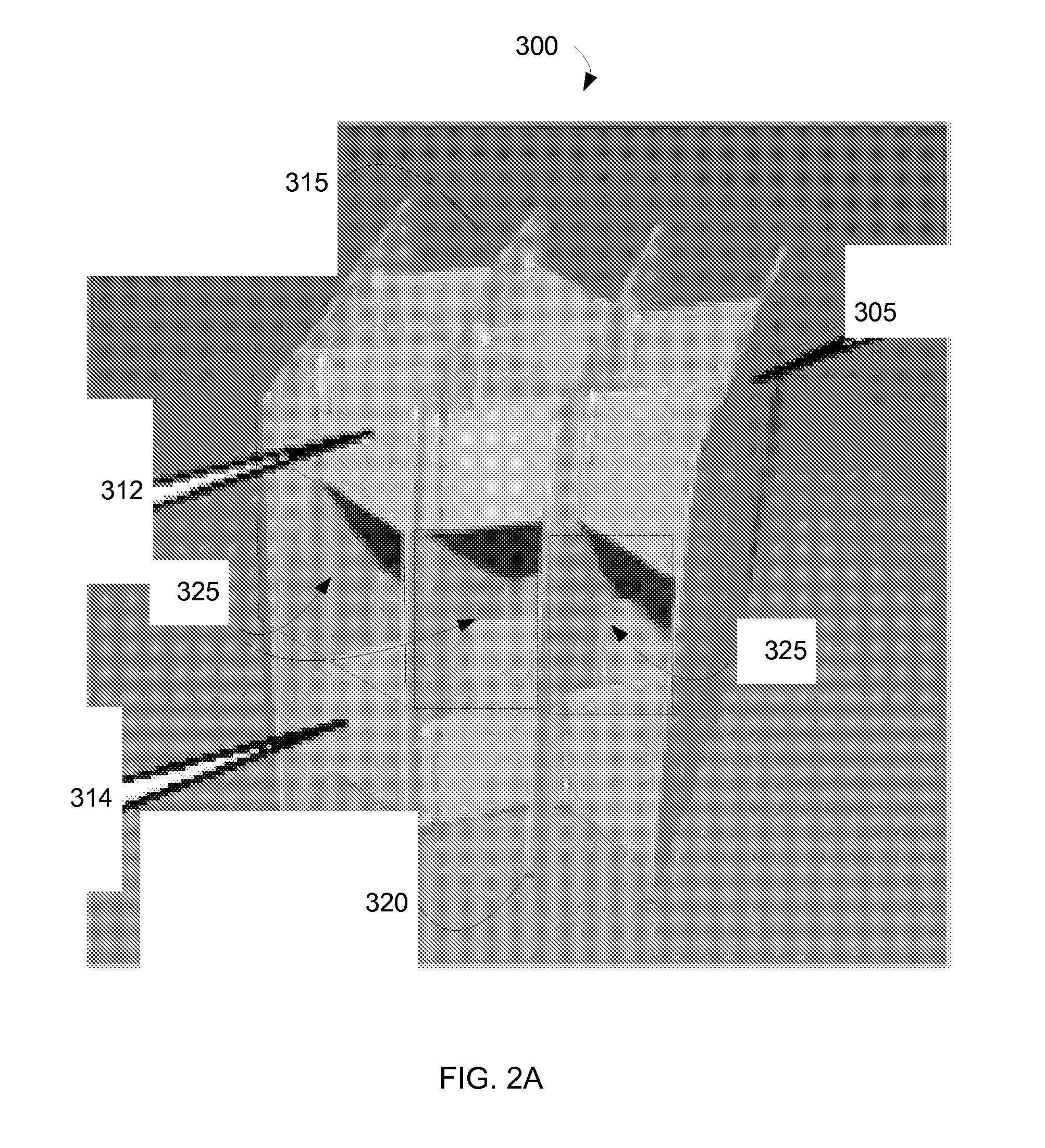System and method for thermal gradient control in thin shell structures
a thin shell and gradient control technology, applied in the direction of drying machines with progressive movements, lighting and heating apparatus, and rolling machines, can solve the problems of high stress conditions at and near the connection of thin strips of the shell large and expensive apparatuses, and high stress conditions at the thin strip connection and the thick end members. , to achieve the effect of reducing the width of the foraminous area
- Summary
- Abstract
- Description
- Claims
- Application Information
AI Technical Summary
Benefits of technology
Problems solved by technology
Method used
Image
Examples
Embodiment Construction
[0029]The present invention solves the thermal stress problems associated with foraminous, rotating thin shelled dryers for drying permeable and semi-permeable woven and nonwoven webs to produce sheet materials.
[0030]FIGS. 1A through 4C depict portions of an embodiment of a Thru-Air® brand through air dryer shell. FIG. 1A depicts a typical rotating cylindrical dryer shell system 100 comprising end members 200 supporting a foraminous cylindrical shell 300 on both ends. One embodiment of an end member 200 comprises a journal 205 about which the cylindrical shell 300 rotates, and a head 210 joining an end ring 215 to the journal. The end ring 215 supports the shell 300 and typically is manufactured from a durable metal capable of withstanding a manufacturing environment, such as but not limited to carbon steel or stainless steel. The thicknesses of the end ring 215 and head member 210 are many times far greater than that of the thin strips of material forming the dividers 305 and corru...
PUM
| Property | Measurement | Unit |
|---|---|---|
| temperature | aaaaa | aaaaa |
| thick | aaaaa | aaaaa |
| thick | aaaaa | aaaaa |
Abstract
Description
Claims
Application Information
 Login to View More
Login to View More - R&D
- Intellectual Property
- Life Sciences
- Materials
- Tech Scout
- Unparalleled Data Quality
- Higher Quality Content
- 60% Fewer Hallucinations
Browse by: Latest US Patents, China's latest patents, Technical Efficacy Thesaurus, Application Domain, Technology Topic, Popular Technical Reports.
© 2025 PatSnap. All rights reserved.Legal|Privacy policy|Modern Slavery Act Transparency Statement|Sitemap|About US| Contact US: help@patsnap.com



